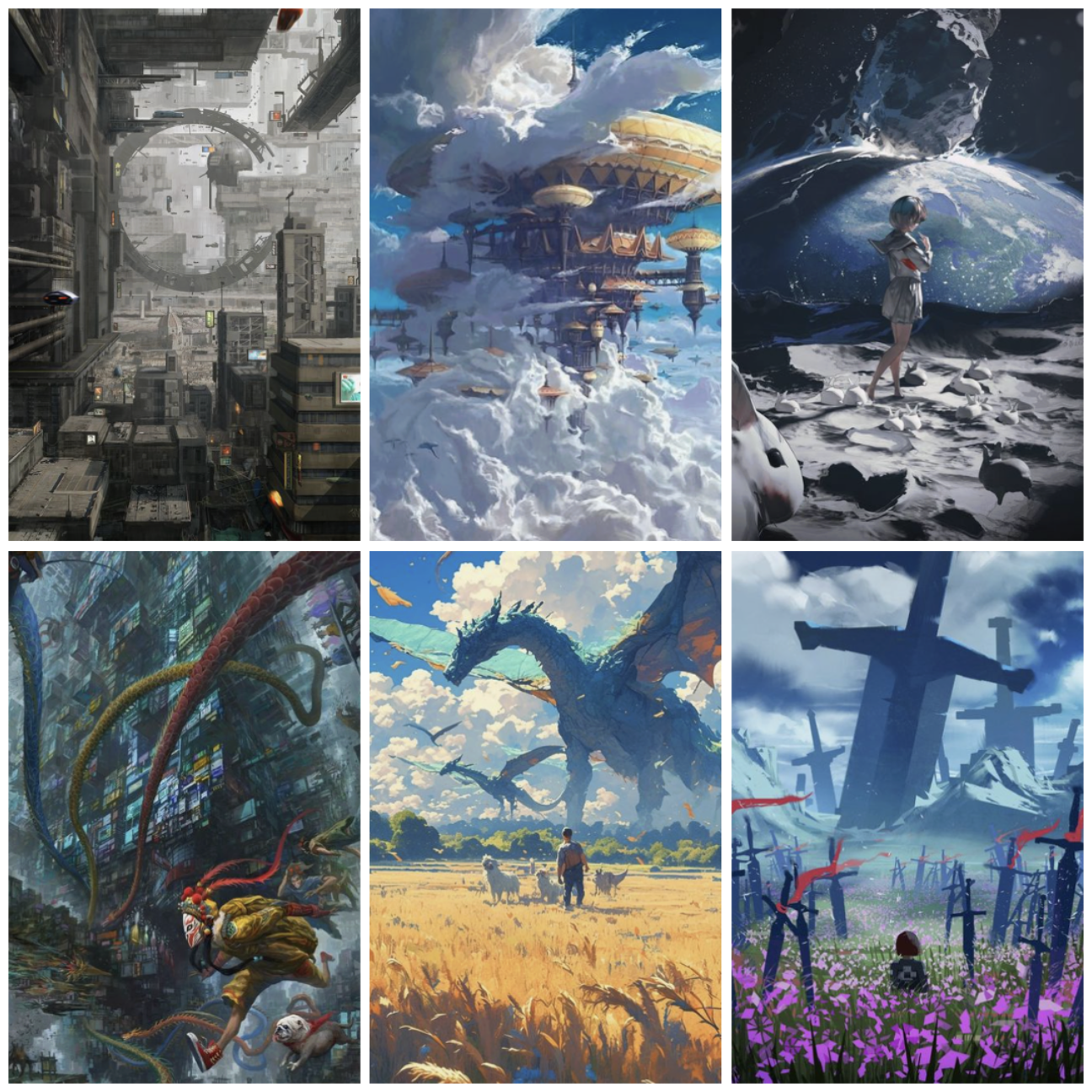Social media in the age of AI
In this post, I will explore how social media is evolving and what its next phase of evolution might be. I’ll focus on mainstream platforms, excluding message boards or local sites (like Niconico). I’m not an expert on this subject, just an avid reader of tech news, and I’m writing this as a quick analysis. Please consider this post in that context.
From Single to Multi-Modality
When examining the general trend over the years, one thing becomes apparent: all major platforms are moving from single modality to multi-modality. At the start of the social media era, platforms focused on being either text-based, image-based, or different mixes of the two, targeting various demographics. The first major realization for most platforms was that they could easily add other modalities, providing more content variety to their users without significantly affecting the user experience.
The rise of TikTok demonstrated how a specific content type (short videos, in this case) can dramatically affect adoption. Depending on the platform’s structure, this transition isn’t always straightforward. For example, it’s extremely challenging for YouTube to incorporate text elements, and even YouTube Shorts feels out of place in the current UI. Threads is another good example of this difficulty.
Currently, all platforms are inching towards providing as many types of content formats as possible along with a full range of engagement features (likes, comments, badges, shares, etc.). This is one of the primary reasons why it’s incredibly tough to start a new social media platform. Existing players already have strong network effects and cover all content types.
From Known to Unknown
Another major shift in social media platforms is that people are moving away from their existing networks to interact with complete strangers. They are seeking novel interactions and more exotic content. Platforms that facilitate this, such as Twitter and Reddit, are growing rapidly, while those that actively inhibit this trend, like Facebook and Instagram, are finding it harder to grow.
It’s important to note that this migration is greatly enhanced when people can be anonymous. While this can lead to various PR issues, it also results in much stronger community formation. Tumblr, for example, had many extreme communities (e.g., furries), which ultimately contributed to its decline when it was sold to Yahoo. Many of these extreme communities boycotted the platform, viewing the transaction as overly “capitalist”.

The Next Phase: Hyper-Personalized News Integration
These movements are nearing completion. The recommendation systems of these platforms are quite sophisticated, covering all content types and boasting vast user networks. The moat for most of these platforms is their current network effects.
I believe the next feature that most social media platforms will add will be hyper-personalized consolidation of events. It may resemble Twitter’s “trending” feature but will be highly personalized, potentially including local news like “Possible knife attack near you” or “Heavy traffic at Star Mall, possibly due to Christmas shopping.” This development will essentially push social media towards becoming a proper news platforms. Some Japanese social media platforms already publish news directly on their websites, which is an effective approach for platforms without powerful AI capabilities.

The Final Frontier: VR and AI Convergence
The final phase of the social media platforms will likely emerge when virtual reality (VR) and artificial intelligence (AI) converge. There are already many platforms, like character.ai, experiencing huge traffic from people interacting with custom AI avatars. However, achieving convincingly real interactions at a much lower cost will take time.
Meanwhile, VR needs significant improvement, especially in hardware. As we approach the 1nm limit in chip manufacturing, it’s unclear how these chips will continue to get faster. Perhaps a visionary individual will figure out the next breakthrough. Once we have super-powerful chips capable of processing realistic graphics and computer vision tasks, VR will be ready. This will also greatly enhance AR experiences. Check this
The merger of VR/AR and AI will not only result in complex human-AI relationships but also in the creation of entirely new realities. People will create their own fantasy worlds with unique rules and systems of governance.

I already see VR breaking geographical and cultural barriers, allowing people to interact as if they were next-door neighbors. I’ve participated in various discussions with complete strangers from different countries in VR, and it feels refreshing and superior to the asynchronous text-based communication we do everyday. However, I believe we still have some time (perhaps 5-6 years) before we fully realize this future.